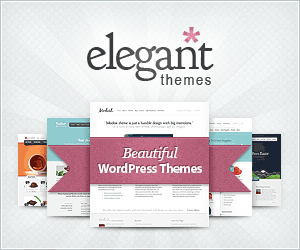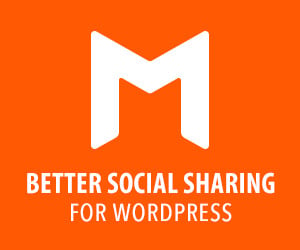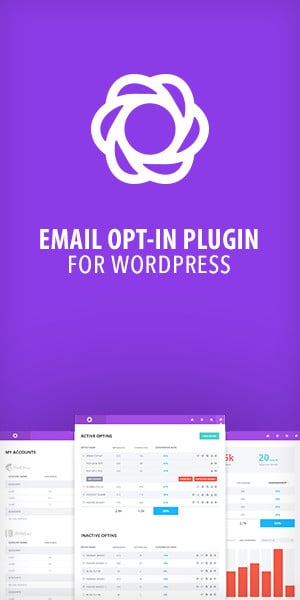Choose social media platform wisely, as it can significantly impact your business growth. With over 4.8 billion active users, social media offers a vast audience, but each platform serves different purposes. This guide will help you understand the unique offerings of platforms like Facebook, Instagram, LinkedIn, and TikTok, enabling you to align your business goals with the right social media strategy.
Factors to Consider When Choosing a Social Media Platform
Choosing the right social media platform can significantly impact your business’s reach and engagement. Each platform has unique features and caters to different audiences. Understanding these nuances is crucial for maximizing your efforts.
Understanding Your Target Audience on Social Media
Identifying the preferences and behaviors of your target audience is essential. Knowing where they spend their time online helps in selecting the most effective platform. Consider factors like age, interests, and online habits. For instance, younger audiences might prefer Instagram or TikTok, while professionals might lean towards LinkedIn.
- Conduct surveys and polls to gather demographic data.
- Analyze competitor strategies to gain insights into audience preferences.
- Utilize analytics tools to track audience interactions and engagements.
Understanding your audience’s needs and preferences will guide your content strategy, ensuring it resonates and engages effectively.
Evaluating Social Media Goals for Business Success
Setting clear social media goals helps in aligning your efforts with business objectives. Determine what you want to achieve—such as brand awareness, lead generation, or customer engagement.
- Define specific, measurable, achievable, relevant, and time-bound (SMART) goals.
- Identify key performance indicators (KPIs) to track progress.
- Align social media strategies with overall marketing and business plans.
Establishing clear goals ensures that your social media efforts are focused and productive, contributing effectively to your business growth.
Analyzing Content Types Suitable for Your Brand
The type of content you produce should align with both your brand identity and audience preferences. Different platforms support various content forms like images, videos, articles, or live streams.
- Experiment with different content formats to see what generates the most engagement.
- Align content style and tone with your brand’s voice.
- Monitor trends and adapt content strategies accordingly.
Choosing the right content type can enhance audience engagement and strengthen your brand presence across social media channels.
Benefits of Popular Social Media Platforms for Business
Each social media platform offers unique benefits for businesses. Understanding these can help you leverage the strengths of each to boost your brand’s online presence. Explore the advantages of major platforms to determine which align best with your business goals.
Advantages of Using Facebook for Brand Engagement
Facebook remains a powerful tool for businesses, offering extensive reach and diverse engagement options. Its robust advertising platform allows for targeted marketing campaigns.
- Engage with audiences through interactive posts, live videos, and community building.
- Utilize Facebook Ads for precise targeting based on demographics and interests.
- Use Facebook Insights to track performance and optimize strategies.
This platform’s versatility makes it suitable for businesses aiming to foster community and drive conversions through tailored content and ads.
How Instagram Can Boost Visual Branding
Instagram’s visual-centric platform is ideal for brands looking to enhance their visual identity. Its features support creative storytelling and audience engagement.
- Leverage Instagram Stories and Reels for dynamic content presentation.
- Utilize the platform’s shoppable posts to drive sales directly from the app.
- Engage with users through visually appealing posts and interactive features like polls and Q&A sessions.
Instagram’s focus on aesthetics and engagement makes it perfect for brands aiming to captivate a visually-driven audience.
Utilizing LinkedIn for Professional Networking
LinkedIn is the go-to platform for professional networking and B2B marketing. Its user base comprises industry professionals, making it ideal for business development and thought leadership.
- Share industry insights and company updates to establish authority.
- Connect with potential clients, partners, and influencers within your industry.
- Participate in groups and discussions to increase visibility and credibility.
LinkedIn helps businesses build professional relationships and expand their reach within the industry, driving growth and opportunities.
Strategies for Maximizing Social Media Impact
To make the most of social media, strategic planning and execution are essential. Focus on consistency, analytics, and community engagement to optimize your social media presence and achieve desired outcomes.
Developing a Consistent Posting Schedule
Consistency is key in maintaining audience engagement. A regular posting schedule helps keep your brand top-of-mind for your audience and builds anticipation.
- Use scheduling tools to plan and automate posts in advance.
- Experiment with different posting times to see what resonates best with your audience.
- Maintain a content calendar to organize and plan your content strategy effectively.
A consistent posting schedule ensures that your brand remains active and relevant, fostering stronger connections with your audience.
Implementing Social Media Analytics for Performance Measurement
Analytics provide valuable insights into the effectiveness of your social media strategies. They help measure progress and identify areas for improvement.
- Track metrics like engagement rates, reach, and conversion rates.
- Use analytics tools to generate reports and visualize data trends.
- Adjust strategies based on data-driven insights to optimize performance.
Regular analytics reviews help refine your approach, ensuring that your social media efforts contribute positively to overall business objectives.
Building Community Through Engagement and Interaction
Fostering a sense of community on social media enhances brand loyalty and encourages organic growth. Engage with your audience to build meaningful relationships.
- Respond to comments and messages promptly to show appreciation and attentiveness.
- Encourage user-generated content to increase engagement and brand advocacy.
- Host events, contests, or Q&A sessions to interact with your audience in real-time.
Building a community around your brand supports lasting relationships and a loyal customer base, driving sustained engagement and growth.
Conclusion
Selecting the right social media platform involves considering your target audience, business goals, and suitable content types. Facebook is beneficial for brand engagement, Instagram enhances visual branding, and LinkedIn is ideal for professional networking. To maximize social media impact, maintain a consistent posting schedule and use analytics for performance measurement. Building community engagement is crucial for strengthening brand presence. Effective social media strategies can significantly boost business success.
FAQ
How do I choose the right social media platform for my business?
Understanding your audience is key. Research where potential customers spend their time. Analyze the type of content that resonates with them. Consider the nature of your products or services when selecting a platform.
What factors should I consider when selecting a social media channel for my company?
Evaluate user demographics, platform features, and content types. Determine your goals and the kind of engagement you aim for. Assess the competition’s presence and strategy on these platforms.
How can social media platforms impact my business growth and visibility?
Boost brand awareness and reach a broader audience. Enhance customer engagement and drive traffic to your website. Social media also fosters community building and loyalty.
Which social media platform is best for engaging with my target audience?
Identify platforms that align with your audience’s interests. Instagram and Facebook are ideal for visual content, while LinkedIn suits professional networking. Twitter excels in real-time updates and conversations.
How do different social media sites compare in terms of business marketing effectiveness?
Each platform has strengths. Facebook offers extensive advertising options. Instagram targets visual storytelling. LinkedIn excels in B2B marketing. Analyze your objectives to find the best fit.
What are the key benefits of using social media for business promotion?
Enhance brand visibility and connect with a larger audience. Drive website traffic and generate leads. Engage with customers directly, fostering relationships and trust.




